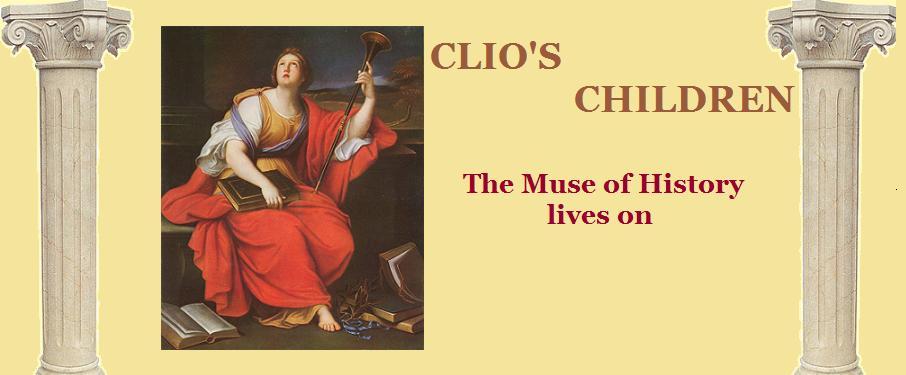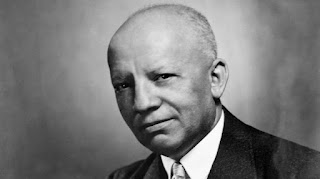Introduction of Free Men
Research related to producing a month-long Black History Month observance led to exploring the timelines available on BlackPast.org. They begin tracing the history of migrants from Africa back to 1492. Yes, Columbus' journey to the New World. His ship carried not people stolen from their homes for the purpose of creating a workforce of slaves. Instead, these Africans were part of his crew. Furthermore, they did not land in what we call America. They landed in Hispanola or the Dominican Republic. The purpose of Columbus' journey was to open a new industry of plantation slavery.
The next point in time wherein Africans enter the continent is in 1513 when thirty men accompany Balboa on his quest to the Pacific and land in Panama.
We learn of the first free Africans to arrive in the United States in 1540. The expedition of de Soto lost one of its African members when he decided not to return with de Soto. Instead, he remained in the Mississippi River Valley and made his home with the Indians who lived there. The expeditions of Coronado and Alarcon into the New Mexico territory of 1540 also had free Africans among the team of explorers.
And then there's Saint Augustine, Florida where in 1565 a company of African farmers and artisans helped found the city during de Avila's exploration of the territory.
The name Isabel de Olvera may not be one of the better-known in history but her steps in protecting her status as a free woman before making the journey to the New Mexico territory in the de Resa expedition of 1598 is worth noting. Perhaps this was the first time documents relating to one's identity and status was used in the continent. She petitioned for a certified declaration to prove that she was a free women, meaning she was not a slave nor was she bound by the restrictions of marriage.
There is some controversy about Mathieu da Costa, a free Black explorer and interpreter who guided the French through parts of Canada, Lake Champlain, and Nova Scotia during the period of 1603 to 1607.
Jan Rodriquez was a free sailor who was assigned to live and trade with the Native Americans who occupied Manhattan Island in 1613. His employer was a Dutch fur trading company.
William Tucker set a precedent in 1624 by being the first free "African American" child born in the English colonies and be baptized.
Matthias de Sousa was the only Black person to serve in the Maryland legislature in 1641. Before his tenure in the legislature, it is noted that he voted many times. This is a halcyon accomplishment because suffrage for Blacks became encumbered and then banned as time progressed. He arrived in Maryland as an indentured servant to a Jesuit priest. Once he'd worked off his debt, he turned to fur trading.
Black Slave Owners
What may have been the motive behind Anthony Johnson's setting a precedent in 1651 for free Black men to import enslaved Africans is not clear. Perhaps it was being given a tract of land in exchange for the number of slaves who were owned. What is notable is that four years later one of his slaves escaped and Johnson sued for and won the slave's return. The court had previously considered the slave an indentured servant and felt it had no jurisdiction in the matter.
The Developing Industry
The above chronology intentionally omits the instances when intentional importation of kidnapped Africans to the Americas. The reason is to minimize the confusion about what was happening in the new land. The other reason for the distinction is to highlight the two instances of immigration people and their status. To be sure, importation of slaves began in 1625 in the colony of New York. They became what is now considered the first municipal workers.
A Mixed History
Arriving in this new land held options for the new inhabitants. You could arrive as a free person, without regard to race, or you could arrive as an indentured servant. Once your debt was worked off, you became a person free of the debt that brought you to the land. Or you could arrive as one who was enslaved.
What's interesting to learn as one pores through the timelines is that those who were already occupying the land, the Native Americans, became enslaved and treated in a manner similar to the Africans who were imported as slaves. To be certain, there were also Whites who were treated as slaves, not indentured servants. But the details of the White slaves is not provided in BlackPast.org's accounts.
There comes a time when the lines of demarcation begin to blur as civil rights deteriorate. Eventually, being Black become synonymous with being a slave and of slave heritage.
What a checkered history we've woven for ourselves. It appears Carter Woodson very definitely saw the need for an education about Negro history so that those of the race could become empowered and those who are not of the race could become better informed and aware.
More Reading





